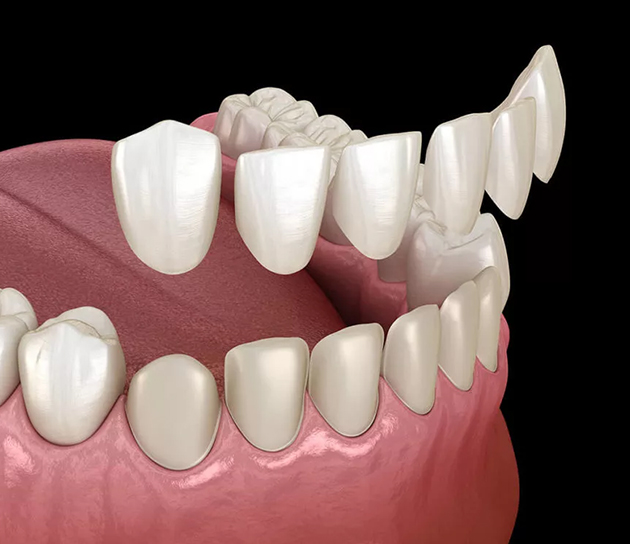
Dental Veneers and Dental Laminates in Albany, OR
Patients who want to improve the appearance of their smiles may consider dental veneers or laminates. Although people often use the two terms interchangeably, they have some differences. Both procedures can help improve a patient’s smile. Knowing the difference between them can help you choose the best option for you.
From color to size and shape, dental veneers and laminates can provide a solution for people who want a better-looking smile. These procedures are available at West Albany Dental in Albany and the surrounding area. Call us at (541) 249-7319 to schedule a consultation and learn which option is the best for you.
Understanding Dental Laminates
Both dental laminates, like veneers, can improve the appearance of a patient’s smile. However, they have key differences that patients should consider. Laminates tend to be lighter and less durable than veneers. While dental laminates can improve the whiteness of teeth, they are not appropriate for dental repairs.
Laminates are much thinner than veneers and require less enamel removal. Placing laminates does not require much alteration to the tooth shape or enamel, which can be better for long term tooth health. However, they can be more expensive than veneers and bulky on the teeth when placed without any tooth alteration.
Understanding Dental Veneers
Dental veneers are thin coatings of porcelain or composite resin covering the teeth to repair minor damage and improve the appearance of stains or discoloration. Some of the common issues that veneers can correct include gaps, misshapen teeth, cracks, chips, staining, and discoloration. Patients must have enamel removal and tooth reshaping to allow the veneer to stay flat without being bulky.
Patients can choose between porcelain veneers or composite resin veneers. Porcelain veneers usually last longer than composite resin ones. They resist staining and tend to be stronger and more durable. Composite resin veneers can be completed in a single dental visit, while porcelain veneers typically require two dental visits. Composite resin also preserves more of the patient's tooth enamel and tends to cost less than porcelain but is more prone to breakage.
Placing Dental Veneers
To place porcelain veneers, the cosmetic dentist must remove enamel from the tooth’s surface so the thin shell can adhere to it. A dental lab technician then creates custom veneers with teeth molds and color-matches them to the patient’s teeth. Then the shells are bonded to the patient's teeth using special dental cement.
For composite resin veneers, we remove the tooth enamel first. The composite resin, which matches the natural enamel, covers and reshapes the teeth to improve the appearance. After, a special light seals the resin to the underlying teeth. Finally, we file the veneers to achieve a natural appearance.
Dental Veneer and Laminate Aftercare
The Canadian Dental Association explains that good dental hygiene is essential to maintain the appearance and function of new veneers. Brushing and flossing after meals and visiting the dentist for regular check-ups are critical aspects of proper maintenance. Skipping these steps can cause decay and cavities to develop between or under the veneer shells.
Veneers and laminates can also crack, break or loosen under pressure. Patients should avoid chewing hard candies, ice, or similar items. During the first few days after the procedure, patients should stick to soft foods and avoid consuming nuts, hard bread, popcorn, and seeds. Wearing a bite guard at night can help prevent grinding that may wear down veneers. Veneers are more prone to staining than laminates, so we also recommend patients avoid substances like tobacco, red wine, and coffee.


